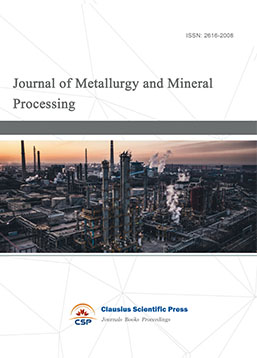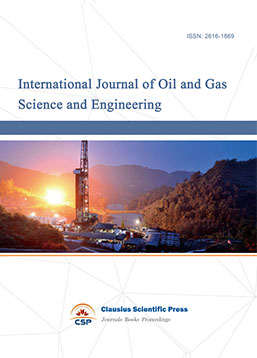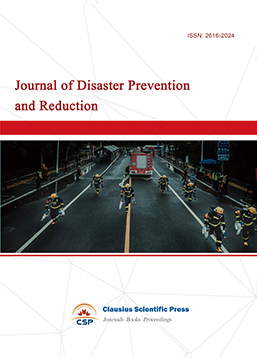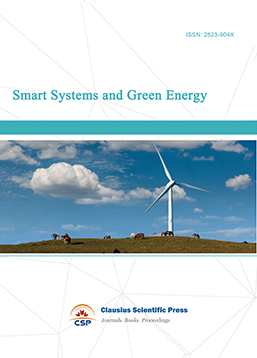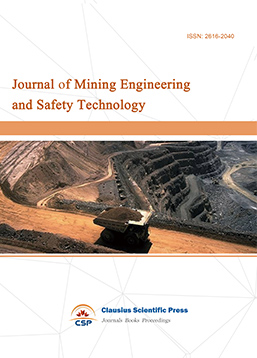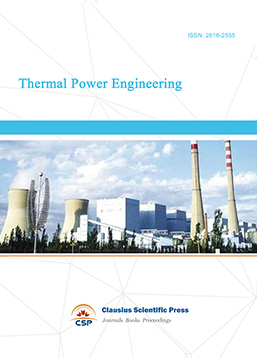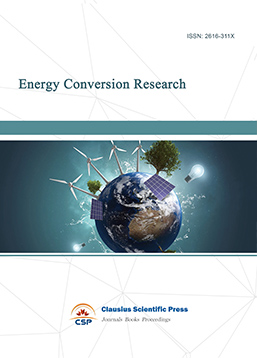Active Distribution Network (ADN) Grid Structure Optimization and Flexible Resource Collaborative Planning for High-Proportion Renewable Energy Consumption
DOI: 10.23977/fpes.2025.040110 | Downloads: 9 | Views: 354
Author(s)
Jin Panlong 1, Yang Zhao 1, Wang Zhiyuan 2
Affiliation(s)
1 Economic and Technical Research Institute, State Grid Ningxia Electric Power Co., Ltd., Yinchuan, Ningxia, China
2 Tianjin University, Nankai, Tianjin, China
Corresponding Author
Wang ZhiyuanABSTRACT
Active distribution networks (ADN) designed to accommodate high-proportion renewable energy consumption face challenges such as insufficient grid structure flexibility, power flow fluctuations, and voltage over-limits at high renewable energy penetration rates. Optimizing the grid structure and coordinating flexible resource planning are urgently needed to improve system absorption capacity and operational safety. This paper constructs a multi-objective planning model based on source-grid-load-storage coordination, incorporating grid structure optimization, distributed energy storage configuration, and adjustable load scheduling into a unified framework. The objective function covers maximizing the renewable energy absorption rate, minimizing operating costs, and voltage deviation constraints. The steps include: (1) establishing a time series model that considers distribution network trends and uncertainties; (2) introducing a typical scenario generation method to characterize renewable energy output fluctuations; (3) constructing a mixed integer linear programming to coordinately optimize grid reconstruction, energy storage layout, and flexible load scheduling; (4) using an improved genetic algorithm for solution and designing a multi-scenario iterative convergence mechanism. Case studies show that compared to a traditional fixed grid structure, the optimized system's renewable energy absorption rate increases to 93%, with average daily operating costs as low as ¥9800, and the average voltage over-limit probability decreases to 3.01%, significantly enhancing the flexibility and clean energy utilization of ADN.
KEYWORDS
ADN; Renewable Energy Absorption; Grid Optimization; Flexible Resources; Collaborative PlanningCITE THIS PAPER
Jin Panlong, Yang Zhao, Wang Zhiyuan, Active Distribution Network (ADN) Grid Structure Optimization and Flexible Resource Collaborative Planning for High-Proportion Renewable Energy Consumption. Frontiers in Power and Energy Systems (2025) Vol. 4: 76-84. DOI: http://dx.doi.org/10.23977/fpes.2025.040110.
REFERENCES
[1] Liu Fei, Xiong Xiaoqi, Zha Pengcheng, Huang Heming, Xia Qi, Yu Yingting, Li Xiong. Multi-objective collaborative optimization of DC distribution network structure and distributed photovoltaic [J]. Proceedings of the CSEE, 2020, 40(12): 3754-3764
[2] Xiao Wenhao, Peng Hui, Liu Xingdong, Zhao Li, Zhang Chengke. Design and research of a distribution network structure based on flexible devices [J]. Power Capacitors and Reactive Compensation, 2022, 43(5): 109-117
[3] Chen Shijie, Xiang Yue, Liu Junyong, Shen Xiaodong. Hybrid multi-attribute evaluation and optimization model for distribution network structure considering load uncertainty and differentiated demand [J]. Power Automation Equipment, 2020,40(11):24-31
[4] Zhang Yongbin, Zhang Man, Wang Zhuding, Pang Xianglu, Wei Tingting. Coordinated planning scheme for high and medium voltage distribution network grid structure[J]. Automation of Electric Power Systems, 2021, 45(9): 63-70
[5] Wen Chengyi, Wang Haisheng, Qiao Huan, Li Sifan, Lu Yi, Zhang Shijian. Economic calculation model of distribution network grid structure considering load release process[J]. Mechanical and Electrical Engineering Technology, 2021,50(5):84-86+90
[6] Xu Z, Jiang W, Xu J, et al. A Power-Grid-Mapping Edge Computing Structure for Digital Distributed Distribution Networks[J]. IEEE Transactions on Smart Grid, 2023, 15(4): 3432-3445.
[7] Deka D, Kekatos V, Cavraro G. Learning distribution grid topologies: A tutorial[J]. IEEE Transactions on Smart Grid, 2023, 15(1): 999-1013.
[8] Stefenon S F, Yow K C, Nied A, et al. Classification of distribution power grid structures using inception v3 deep neural network[J]. Electrical Engineering, 2022, 104(6): 4557-4569.
[9] Jiang X, Zhou Y, Ming W, et al. An overview of soft open points in electricity distribution networks[J]. IEEE Transactions on Smart Grid, 2022, 13(3): 1899-1910.
[10] Helmi A M, Carli R, Dotoli M, et al. Efficient and sustainable reconfiguration of distribution networks via metaheuristic optimization[J]. IEEE Transactions on Automation Science and Engineering, 2021, 19(1): 82-98.
[11] Song Z, Li J, Jiang T, et al. Impact of photovoltaic systems on distribution networks with advances of cloud, grid and cluster computing[J]. Scalable Computing: Practice and Experience, 2023, 24(4): 1145-1156.
[12] Ray P, Ray P K, Dash S K. Power quality enhancement and power flow analysis of a PV integrated UPQC system in a distribution network[J]. IEEE Transactions on Industry Applications, 2021, 58(1): 201-211.
[13] Yan R, Xing Q, Xu Y. Multi-agent safe graph reinforcement learning for PV inverters-based real-time decentralized volt/var control in zoned distribution networks[J]. IEEE Transactions on Smart Grid, 2023, 15(1): 299-311.
[14] Raouf Mohamed A A, Morrow D J, Best R J, et al. Distributed battery energy storage systems operation framework for grid power levelling in the distribution networks[J]. IET Smart Grid, 2021, 4(6): 582-598.
[15] Huang Y, Li G, Chen C, et al. Resilient distribution networks by microgrid formation using deep reinforcement learning[J]. IEEE Transactions on Smart Grid, 2022, 13(6): 4918-4930.
| Downloads: | 533 |
|---|---|
| Visits: | 39273 |
Sponsors, Associates, and Links

 Download as PDF
Download as PDF